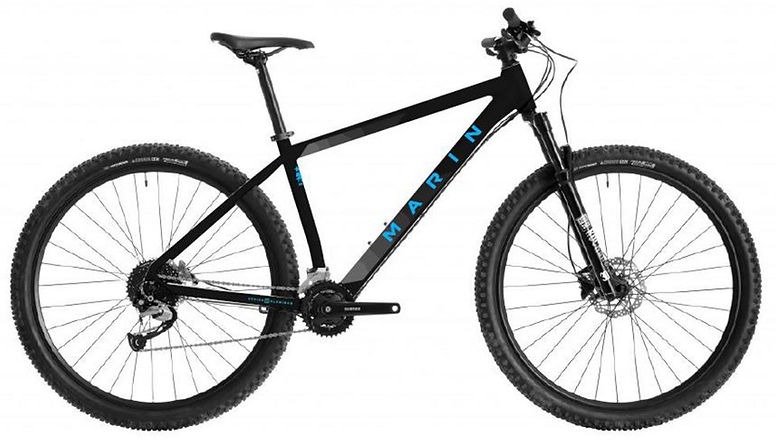Bike hire
We are making changes at The Bike Hub, so cannot offer Bike Hire service currently.
What else?
-
Would you like a change, get out and about? Every Tuesday at 11am, a group of local bike riders set off from our shop in Kings Walk, Winchester (opposite Primark) for a ride out and around the city. All levels of biking welcome, free of charge. Bike hire available.
Get in touch here for some more information.
-
Suitable for those aged 12+ our tour takes you around the sites of Winchester, our friendly guides will point out the best routes and introduce you to the city's delights. The tour includes a bike, refreshments and a light lunch at Handlebar Café. Drop us an email or pop into the store for more information on guided tours.
-
Drop into the Bike Hub and buy one of our local route maps, or just get some free advice about where to ride locally.
-
Want to book for more than 5 people, get in touch for our bespoke packages for you and your group.



